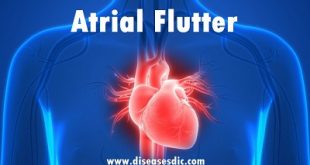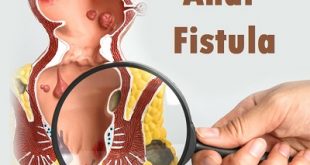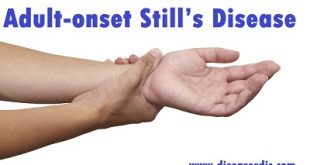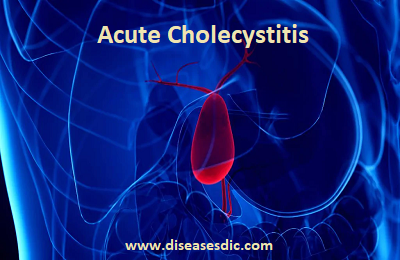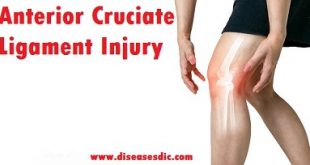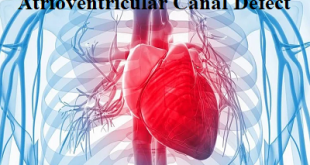Definition Atrial flutter is a type of heartbeat problem (arrhythmia) that usually causes a fast heart rate. This fast rate is caused by changes in the electrical system of your heart. Normally, the heart beats in a strong, steady rhythm. In atrial flutter, a problem with the heart’s electrical system …
Read More »Anal Fistula – Types, Risk Factors, Causes and Treatment
Definition Anal fistula is an abnormal connection or tunnel between two areas in the anorectal region. The most common cause of anal fistulas is from a blocked mucus gland at the anorectal junction. The gland then becomes inflamed, and in an effort to expel its infected contents, expresses itself, usually …
Read More »Angular Cheilitis – Stages, Causes, Risk Factors and Treatment
Definition Angular cheilitis is a medical condition popularly known as “angular stomatitis that is characterized by cracked skin or wounds in the corner of the mouth where the lips meet. It is caused by the overdevelopment of fungi or bacteria, and can happen from habits like constantly licking your lips. …
Read More »Adult-onset Still’s Disease (AOSD) – Definition, Symptoms and Treatment
Definition Adult-onset Still’s disease, sometimes known as AOSD, is a rare type of inflammatory arthritis. As the name suggests, it can only be diagnosed in adults. Its name comes from another condition, Still’s disease, which is also known as systemic juvenile idiopathic arthritis (JIA). Systemic JIA is only diagnosed in …
Read More »Acute Cholecystitis – Description, Causes, and Diagnosis
Description Acute cholecystitis is the most common complication of cholelithiasis. In fact, ≥ 95% of patients with acute cholecystitis have cholelithiasis. When a stone becomes impacted in the cystic duct and persistently obstructs it, acute inflammation results. Bile stasis triggers release of inflammatory enzymes (eg, phospholipase A, which converts lecithin …
Read More »Anterior cruciate ligament injury – Anatomy, Treatment, and Prevention
Definition Anterior cruciate ligament injury passes in front of another ligament, the posterior cruciate ligament (PCL). The cruciate ligaments get their name from the fact they form a cross within the knee as they run in different directions from the thigh to the shin bone. Along with the other ligaments …
Read More »Atrioventricular Canal Defect – Causes, Complications, and Prevention.
Overview Atrioventricular canal defect (AVCD) or atrioventricular septal defect (AVSD) is a combination of heart problems resulting in a defect in the center of the heart. The condition occurs when there’s a hole between the heart’s chambers and problems with the valves that regulate blood flow in the heart. Sometimes …
Read More »Acute Lymphocytic Leukemia – Causes, Symptoms, and Diagnosis.
Overview of acute lymphocytic leukemia (ALL) Acute lymphocytic leukemia (ALL) is a type of cancer of the blood and bone marrow — the spongy tissue inside bones where blood cells are made. The word “acute” in acute lymphocytic leukemia comes from the fact that the disease progresses rapidly and creates …
Read More » Diseases Treatments Dictionary This is complete solution to read all diseases treatments Which covers Prevention, Causes, Symptoms, Medical Terms, Drugs, Prescription, Natural Remedies with cures and Treatments. Most of the common diseases were listed in names, split with categories.
Diseases Treatments Dictionary This is complete solution to read all diseases treatments Which covers Prevention, Causes, Symptoms, Medical Terms, Drugs, Prescription, Natural Remedies with cures and Treatments. Most of the common diseases were listed in names, split with categories.
